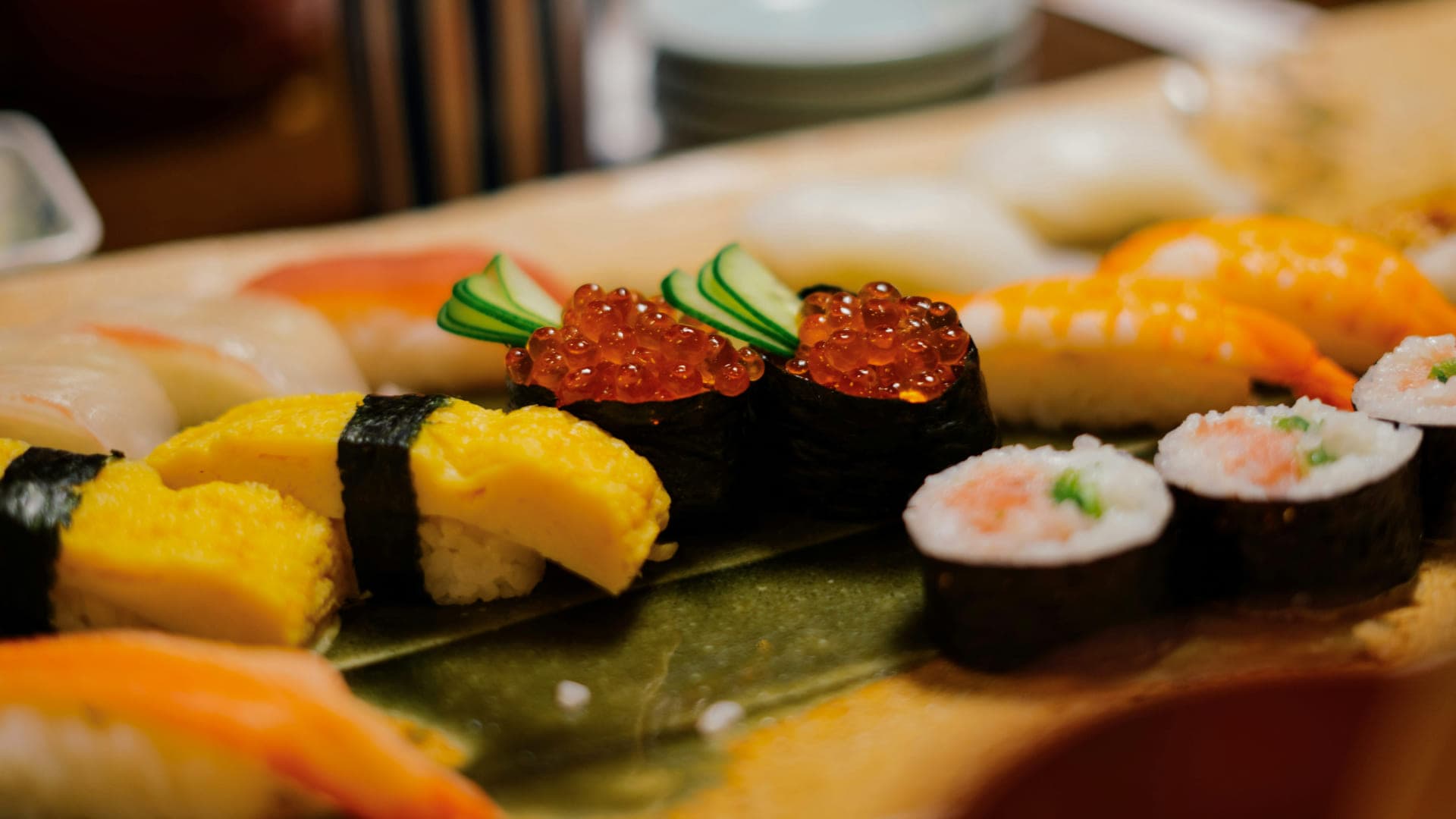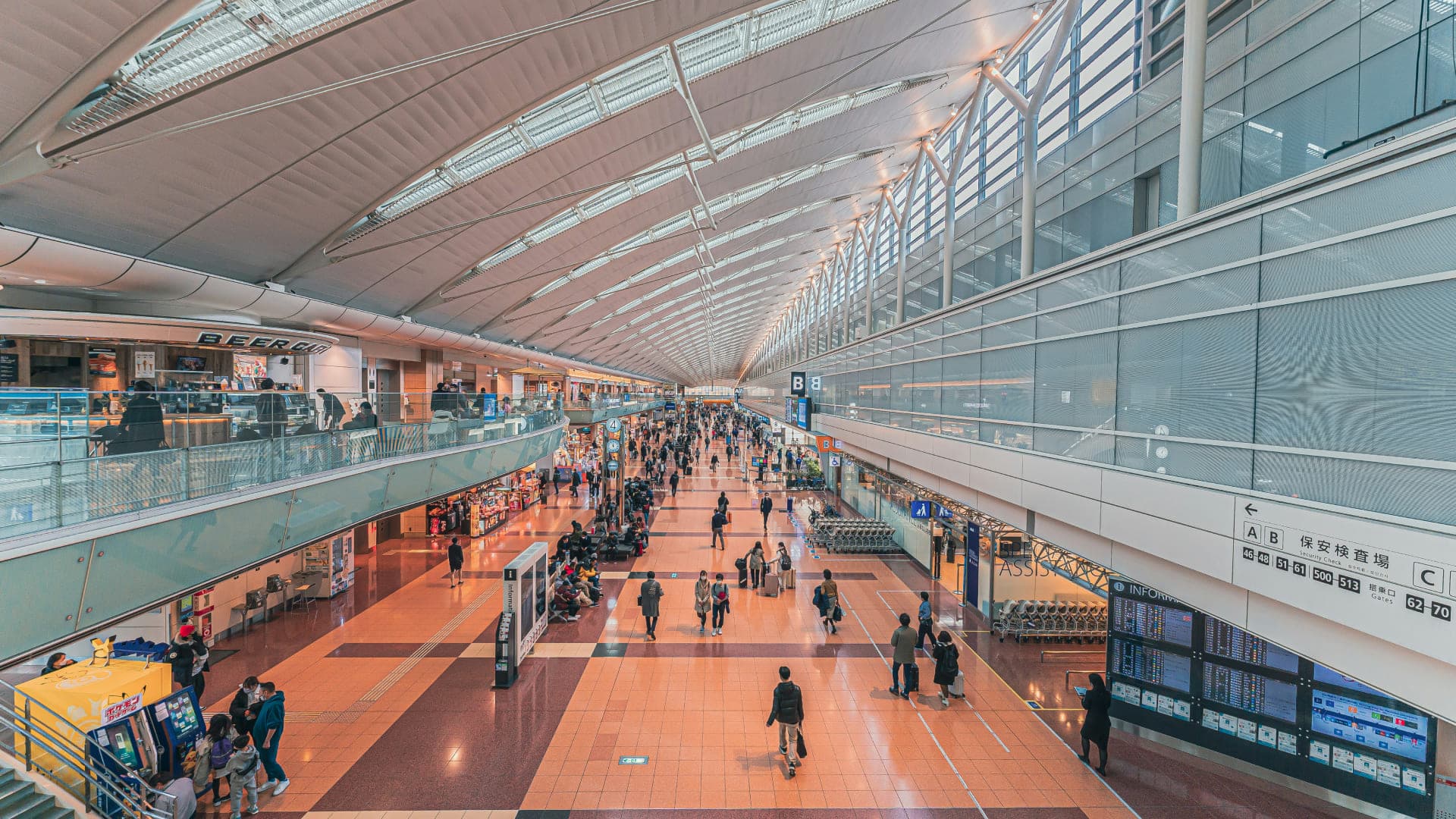【What successful travelers know】Seasons to avoid when visiting Japan! (And the best time to visit)
Dec 20th 2024
Jun 18th 2025

Are you wondering about the best time to visit Japan? While many travelers know about the popular tourist seasons, there are actually certain periods you might want to avoid.
In this article, we'll explore both the ideal timing for a comfortable trip and the periods to be cautious about, taking various factors into consideration.
Seasons to avoid
To make the most of your trip to Japan, it's important to first understand which seasons you might want to avoid.
Don't worry - when we say 'avoid,' we don't mean these periods are strictly off-limits! Rather, it's crucial to understand that these are times when you might not fully enjoy your trip, depending on your travel goals.
①Year-end and New Year holidays (Late December to early January)

During the year-end and New Year holidays, many Japanese businesses and commercial facilities close down, significantly impacting tourists.
Most Japanese people spend this time with family, and with many traveling back to their hometowns, transportation becomes a challenge. Train and flight reservations are difficult to secure and often come with premium prices. Accommodation costs can also surge to 2-3 times their usual rates due to high demand.
The first three days of January, known as "Sanganichi", are particularly significant in Japan. During this period, most businesses, including cultural facilities like museums, shopping malls, and restaurants, remain closed. This greatly limits tourist activities and sightseeing options.
②Golden Week (Late April to early May)

Golden Week consists of four consecutive national holidays in Japan. When these holidays fall near weekends, additional days off are granted as compensation days, resulting in an extended break for those who typically have weekends off. With another holiday in the preceding week, many people use their paid leave to create vacations lasting 10 days or longer.
During this period, domestic travel increases significantly as people visit their hometowns or go on vacation, causing severe congestion across the transportation network. The tourism and service industries consider this a peak season, leading to substantially higher prices at hotels nationwide.
Due to the combination of larger crowds and inflated prices, Golden Week might not be the ideal time for sightseeing in Japan.
③Rainy season and typhoon season (August and September)

From July to October, many regions in Japan are susceptible to typhoons. August and September are particularly prone to these storms, which can cause flight cancellations and train service disruptions, potentially disrupting travel plans significantly.
This season is characterized by high humidity and sweltering heat, making sightseeing physically challenging. Those planning outdoor activities or photography sessions may find their plans compromised by weather conditions.
Additionally, this period coincides with Japanese summer vacation, leading to increased domestic travel. The surge in travelers means transportation tickets are harder to secure, and there's a higher risk of delays or schedule disruptions at popular destinations.
Is the number of international visitors to Japan increasing?
While we've covered the seasons to avoid, it's also worth considering the fluctuations in tourist numbers. According to statistics from the Japan National Tourism Organization (JNTO), the number of international visitors varies significantly throughout the year.
Let's examine these patterns using year-on-year comparison graphs.
Number of visitors reaches "record high"
International tourism in Japan continues to break records in 2024. October saw a new monthly high for visitor numbers, while the January-October total surpassed 30 million visitors - the fastest pace since records began in 1964. Tourism spending has also surged, reaching approximately 5.9 trillion yen through October, already exceeding the full-year 2023 figure of 5.3 trillion yen.
After approaching pre-pandemic (2019) levels in 2023, visitor numbers in 2024 are now exceeding those benchmarks. This clearly demonstrates Japan's growing status as a prime destination for travelers worldwide.
Declining trends in winter and summer seasons
Visitor numbers tend to be lower from January to February and during the summer-typhoon season of August to September.
Winter brings reduced accessibility to tourist spots due to low temperatures and snow. When some destinations become limited, others get overcrowded, leading to congestion and higher accommodation costs. The summer decline can be attributed to Japan's humid climate, typhoon risks, and domestic holiday season crowds.
Spring and autumn remain popular seasons
Spring (March-May) and autumn (October-November) see the highest numbers of international visitors to Japan.
Spring attracts many tourists eager to experience Japan's iconic cherry blossoms, while autumn draws visitors for its colorful fall foliage. Both seasons offer not only stunning natural scenery but also comfortable temperatures ideal for sightseeing, making them the most popular times for international travel to Japan.
However, these peak seasons come with challenges - crowded tourist spots and limited accommodation availability. Since the timing of full bloom for cherry blossoms and peak autumn colors varies yearly, thorough research in advance is recommended.
When is the best time to visit Japan?
So, when is the best time to visit Japan?
The answer might surprise you - every season has its own appeal! While this may sound noncommittal, each season offers unique attractions and experiences. With proper planning, you can enjoy Japan year-round. However, if pressed to choose, spring might be the best option, offering comfortable temperatures, stable weather, and natural beauty.
Let's explore the unique charm of each season!
Spring

Spring in Japan is synonymous with cherry blossoms.
From late March to early April, cherry trees bloom across the country, offering hanami (flower viewing) opportunities in parks and at temples and shrines. With temperatures ranging from 10 to 20 degrees Celsius and generally stable weather, spring provides ideal conditions for sightseeing. This season also marks the start of the Japanese academic and business year, offering visitors chances to witness cultural traditions such as school entrance and company initiation ceremonies.
Summer

Summer in Japan brings traditional events unique to the country, including fireworks festivals (hanabi) and local matsuri celebrations.
The brilliant fireworks illuminating the night sky and shrine approaches lit by paper lanterns are quintessential summer scenes. Visitors can fully immerse themselves in Japanese summer culture by wearing yukata (summer kimono) to festivals and enjoying seasonal delicacies at food stalls.
This season also offers numerous activities: Mount Fuji opens for climbing from July to mid-August, and coastal areas provide plenty of opportunities for swimming and marine sports.
Autumn

Autumn in Japan is celebrated for its triple appeal: food, arts, and sports.
From October to November, fall foliage transforms landscapes across the country into stunning displays of red and gold. With temperatures around 20 degrees Celsius, it's perfect for outdoor activities like hiking and trekking. The season is also renowned for its culinary delights, including new harvest rice, pacific saury, and matsutake mushrooms. Cultural events and art exhibitions further enrich the autumn experience.
Winter

Winter in Japan offers world-class winter sports opportunities, with skiing and snowboarding being major attractions.
Regions like Hokkaido and Nagano are famous for their premium powder snow. The season offers unique experiences such as outdoor hot spring baths with snow views (yukimi rotenburo). Special winter events include the Sapporo Snow Festival and the illumination of historic Shirakawa-go village. Even in urban areas, winter illumination events attract many visitors with their magical atmosphere.
Conclusion and Travel Tips
When planning a trip to Japan, choosing the right season based on your interests is crucial.
While it's important to remember that certain periods - New Year's, Golden Week, and typhoon season - can present various challenges, Japan offers unique attractions throughout the year. Each season provides distinct experiences: spring brings cherry blossoms and mild weather; summer features fireworks and traditional festivals; autumn showcases fall colors and seasonal cuisine; and winter offers snowy landscapes and winter sports. With clear goals and proper preparation, you can enjoy a wonderful trip to Japan in any season.
We hope this article helps you make the most of your Japanese journey.
Thank you for reading.
See you in our next article!



